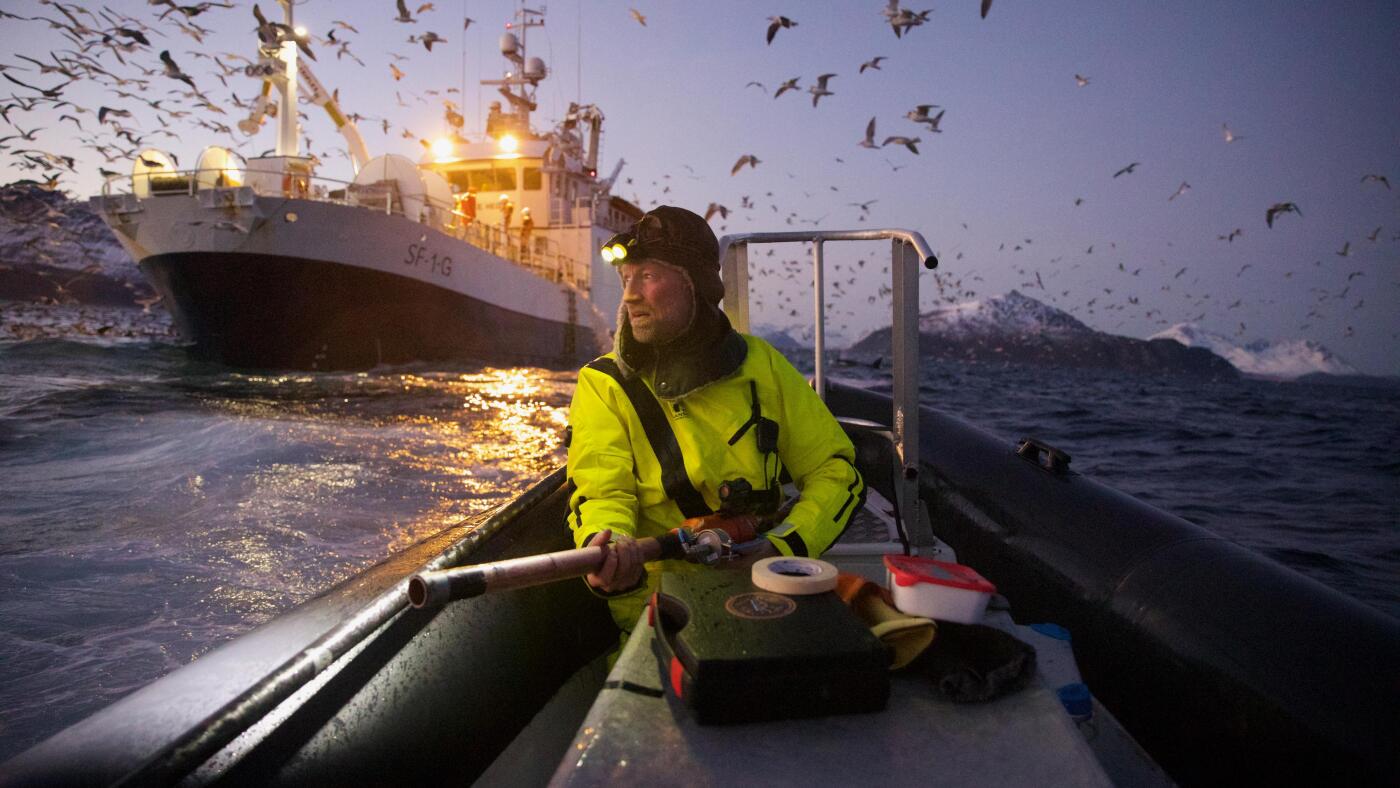The Symbiotic Relationship Between AI and Photography in Scientific Discovery
Artificial Intelligence (AI) is revolutionizing the way photography functions within scientific discovery, ushering in a new era where machines enhance human vision and interpretation. As AI algorithms become increasingly sophisticated, they are transforming scientific photography from a mere imaging tool to a dynamic partner in research, capable of extracting deeper insights from the visual data and accelerating breakthroughs across diverse fields.
Enhancing Image Acquisition and Analysis
AI-powered systems are reshaping how scientific images are captured and processed. Techniques such as machine learning-driven image enhancement, noise reduction, and super-resolution imaging allow scientists to observe finer details previously obscured by technical limitations. For instance, in microscopy, AI algorithms can reconstruct high-resolution images from low-quality inputs, enabling clearer visualization of cellular structures with minimal light exposure—crucial for live specimen studies.
Beyond image clarity, AI assists in pattern recognition and anomaly detection. Neural networks trained on vast datasets can identify subtle features or changes in images that human eyes might overlook, such as early signs of disease in medical imaging or minute variations in astronomical images. This supports faster and more accurate diagnosis, as well as the discovery of new phenomena.
Democratizing Access to Scientific Visualization
By automating complex image processing tasks, AI lowers the barrier for researchers across disciplines to harness photographic data. Scientists who may not have extensive expertise in imaging technology can now generate and interpret sophisticated visuals with AI-driven software, broadening participation in scientific exploration. Additionally, AI facilitates real-time image analysis in experimental settings, providing immediate feedback that informs research directions.
The synergy of AI with photography also fuels innovative educational platforms and public science initiatives. Interactive AI-enhanced visualizations make scientific concepts more accessible and engaging, nurturing curiosity and understanding among wider audiences—paralleling how photography itself has historically bridged the gap between complex science and public comprehension.
Expanding Frontiers: AI in Emerging Scientific Imagery
AI’s integration with photographic technologies is vital in pushing the boundaries of the visible universe. In astronomy, AI aids in processing vast amounts of telescope data, extracting meaningful images from noisy signals, and even predicting celestial events based on visual patterns. Similarly, in quantum physics, AI algorithms help reconstruct images of subatomic particles from experimental data, making the intangible glimpsable.
Moreover, AI-driven synthesis techniques, like generative models, can simulate scientific phenomena visually, offering hypothetical insights and guiding experimental design. This capability complements photography’s role in capturing reality by extending it into realms of predictive visualization.
Ethical and Interpretative Considerations
While AI amplifies photography’s utility in science, it also introduces new challenges related to data interpretation and authenticity. The reliance on algorithmic processing necessitates vigilance against biases and errors embedded within training data or model design. Ensuring transparency in AI’s role during image creation and analysis is critical to maintaining scientific rigor and credibility.
Furthermore, the evolving interplay invites reflection on how AI-mediated images affect our perception of scientific truth. As visual data becomes increasingly computationally constructed, discerning the boundary between representation and interpretation becomes essential for both scientists and the public.
Conclusion: AI and Photography—Illuminating Science’s Next Frontier
The integration of AI into scientific photography signifies a powerful evolution in the quest to understand nature’s complexities. By enhancing image quality, automating analysis, democratizing access, and expanding observational horizons, AI not only magnifies our capacity to see but also deepens our ability to comprehend the unseen.
Together, AI and photography forge a dynamic partnership that transcends traditional boundaries, transforming raw data into vivid narratives of discovery. This collaboration continues to inspire wonder, challenge perceptions, and propel a more insightful exploration of the universe—from the microscopic intricacies of life to the cosmic expanse—heralding a new age where technology and human curiosity illuminate the frontiers of knowledge.

